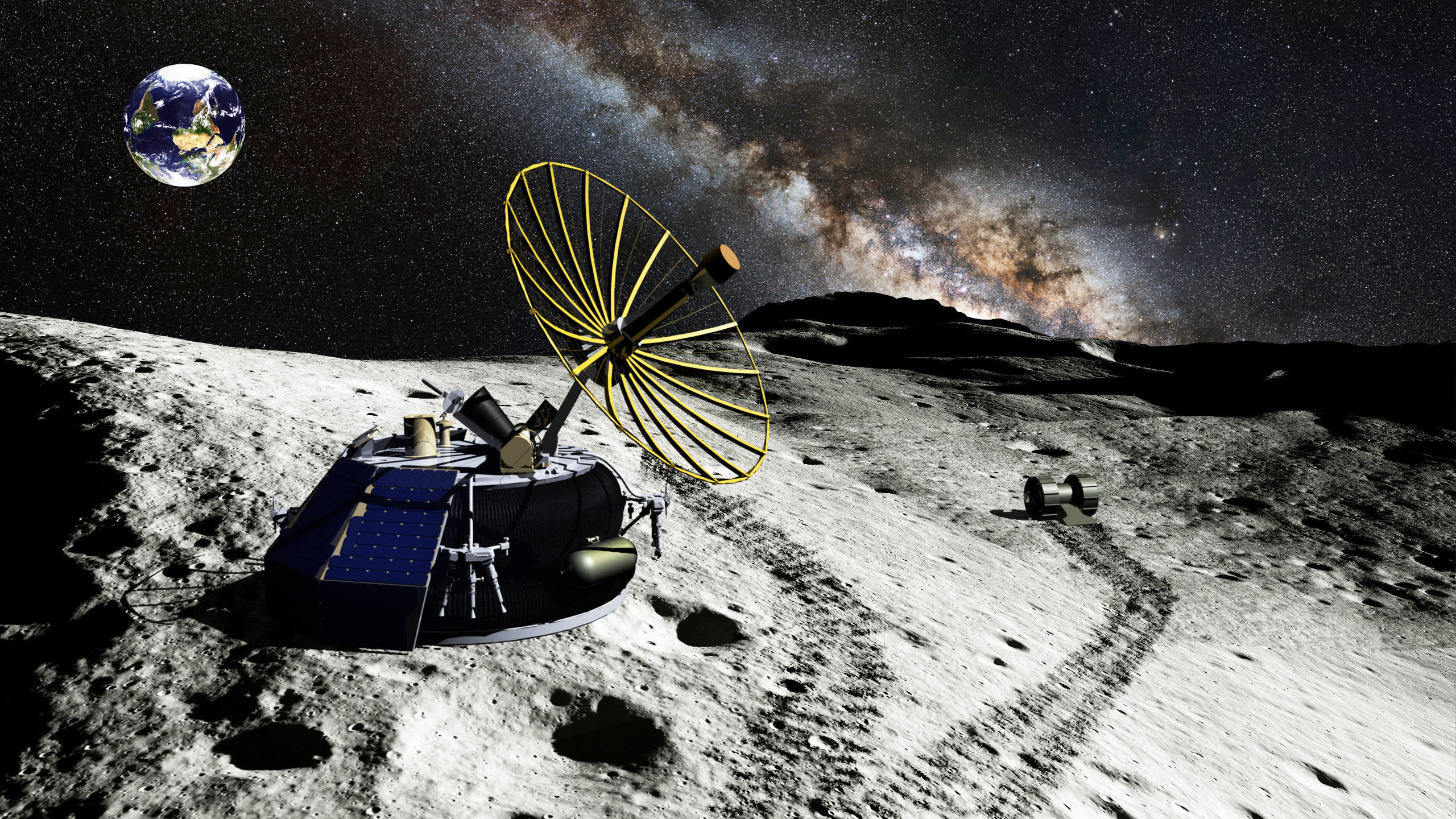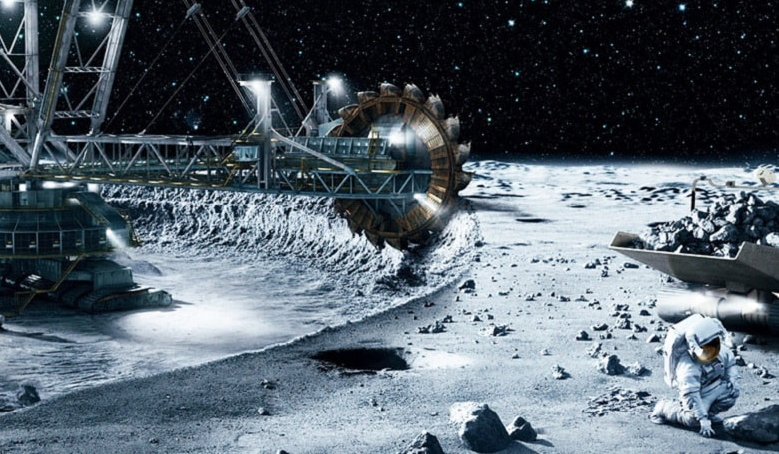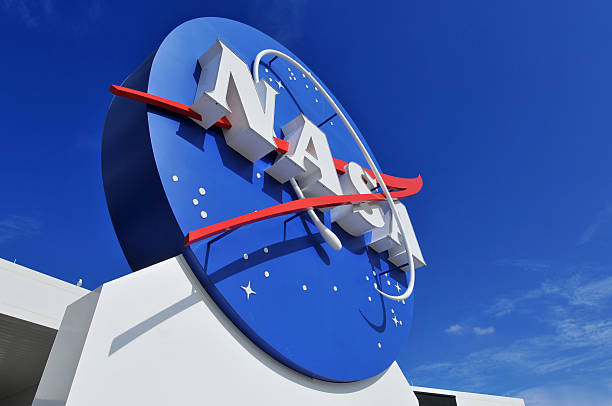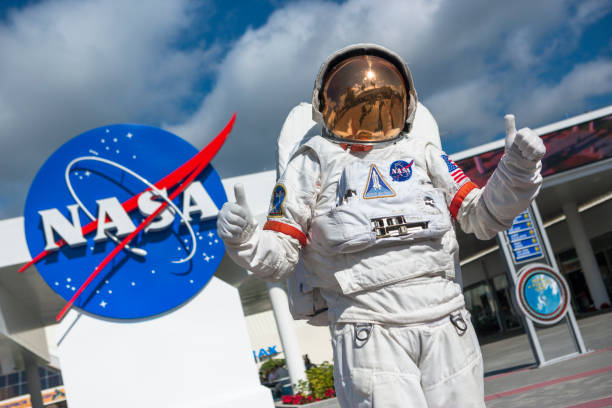All Eyes On The Moon, Lunar Gold Rush; The Quest for Resources Beyond Earth
In recent years, the Moon has regained its prominence as a subject of exploration, captivating the interests of major global powers such as the United States, China, Russia, and India. The revival of lunar exploration is driven by the prospect of unearthing valuable resources on our natural satellite, from water to rare earth metals and even Helium-3. As the nations race to decipher the secrets held within the Moon's surface, a "lunar gold rush" is unfolding, marked by plans for crewed missions, lunar bases, and the potential for revolutionary advancements in space technology.

The Moon, which is located at a distance of 384,400 km from Earth, is not only Earth’s closest celestial neighbour, but it also plays a crucial role in moderating Earth’s axial wobble, thus ensuring a stable climate and influencing ocean tides.
The current theory is that its formation over 4.5 billion years ago resulted from a colossal collision with Earth.
The Moon’s extreme temperature variations – ranging from 127 degrees Celsius in full sunlight to minus 173 degrees Celsius in darkness – make it an intriguing subject of study and exploration.

With the 50th anniversary of the Apollo 11 moon landing and the commemoration of the lunar exploration milestone, attention has once again turned to the Moon’s potential for space exploration and resource extraction.
So what’s there on the Moon, and why the sudden emergence of interest again?
The Lunar Gold Rush
Water
In 2008, the Indian mission Chandrayaan-1 marked a significant milestone by definitively detecting water on the Moon’s surface. The presence of hydroxyl molecules scattered across the lunar landscape, particularly concentrated at the poles, was confirmed by NASA.
Water is not only vital for sustaining human life but also serves as a potential source of hydrogen and oxygen, which hold promise as essential components for rocket fuel.
Helium-3
Helium-3, an isotope of helium, is a rare resource on Earth, but the Moon boasts an estimated one million tonnes of this valuable element. While not radioactive, Helium-3 could serve as a potent energy source in fusion reactors, presenting the possibility of nuclear energy production without generating hazardous waste. The European Space Agency underscores the potential of this isotope for revolutionizing energy generation.
Rare Earth Metals
The Moon is a repository of rare earth metals, including elements such as scandium, yttrium, and the group of 15 lanthanides. These metals find applications in cutting-edge technologies, powering smartphones, computers, and other advanced devices. Boeing’s research confirms the presence of these valuable materials on the lunar surface, sparking interest in their potential extraction and utilization.

Moon Mining Mechanics
The intricacies of moon mining remain somewhat elusive. Establishing infrastructure on the lunar surface is a necessary precursor, requiring solutions tailored to the Moon’s unique conditions. While robotics would likely shoulder the majority of labor-intensive tasks due to the Moon’s challenges, the presence of water holds the promise of facilitating prolonged human habitation and involvement.
Major powers like the United States and Russia are leading the charge, which are planning to establish lunar bases and expand humanity’s presence in space.
Australia, with its expertise in remote and automated mining, is poised to contribute significantly to these lunar ambitions. Remote mining operations in Australia’s Pilbara region offer a blueprint for managing lunar mining from afar, laying the groundwork for potential crewed missions and interplanetary exploration.

Moon The Touchpoint For The World’s Beyond
The concept of a lunar base as a transition point for further interplanetary exploration, favored by NASA, could serve as a launching pad not only to Mars but also to more distant destinations within the solar system.
In this vision, lunar resources would be harnessed for sustaining human life, fueling rockets, and constructing essential infrastructure, mirroring Australia’s remote mining systems’ potential adaptability to the lunar landscape.
While challenges persist, including establishing power sources and addressing signal latency for lunar-based systems, the allure of utilizing lunar resources for space missions remains compelling. The discovery of water on the Moon, though initially made in 2008, still holds significance as a source of hydrogen and oxygen for rocket fuel, further reducing the dependence on Earth’s resources.

NASA’s Lunar Resource Endeavors in the Coming Decade
With a vision to propel Americans back to the Moon by 2025, including groundbreaking representation through the inclusion of the first woman and a person of colour, the United States space agency, NASA, is fervently aspiring to tap into lunar resources within the next decade.
The aspiration is to excavate lunar soil by 2032, marking a pivotal step in humanity’s quest for extraterrestrial resource utilization.
The forthcoming Artemis mission, slated for 2025, not only aims to revisit the Moon but also to mark a historic achievement by introducing diverse astronauts, an unprecedented feat since NASA’s Apollo 17 mission in 1972.
This mission, serving as a stepping stone to deeper space exploration, is anticipated to amass invaluable data for potential future journeys to Mars.
Central to NASA’s strategic approach is collaborative engagement with commercial and international partners aimed at establishing a sustained human presence on the lunar surface. This phase, epitomized by the Artemis mission, lays the foundation for the subsequent audacious endeavor: sending the first astronauts to Mars, a resolute leap into uncharted cosmic terrain.
The initial focus of NASA’s lunar exploration is to engineer methods to cultivate oxygen and water supplies on the arid lunar expanse, devoid of a breathable atmosphere due to its tenuous nature. Subsequently, NASA intends to expand its scope to encompass the extraction of other critical resources, including minerals like iron.
Demonstrating its commitment, NASA is set to dispatch a test drill into space this month, geared towards harvesting lunar soil – a harbinger of its aspirations to establish a processing plant by 2032.
Gerald Sanders, a distinguished rocket scientist affiliated with NASA’s Johnson Space Center, stressed the agency’s strategic objective of comprehensively understanding lunar resources during the exploration phase. This understanding aims to mitigate risks and catalyze external investments that could eventually lead to the realization of development and production endeavors. Sanders emphasized that the current efforts merely scratch the surface of the Moon’s resource potential.
Leveraging the Artemis mission, scientists are poised to usher in a new era of commercial opportunities in space. Visionary enterprises in the commercial rocket industry are projected to be among the primary beneficiaries, tapping into the Moon’s resource pool to fuel their endeavors.
The impending second phase of the Artemis mission, scheduled for launch in 2024 as reported by Space.com, is poised to elevate lunar exploration to unprecedented heights. In this phase, four astronauts will embark on an eight-day mission circumnavigating the Moon – an endeavor with profound implications, marking the first such voyage since 1972.

Among the astronauts set to blaze a trail in lunar exploration are notable figures. Christina Koch, an accomplished mission specialist and engineer, is destined to become the first woman ever to partake in a lunar mission. Holding the record for the longest continuous space flight by a woman, her role is poised to be a historic milestone. Furthermore, Victor Glover, a distinguished US navy aviator, will contribute as the first Black astronaut on a lunar mission, assuming the role of Artemis II pilot.
In addition, the mission will feature the participation of Jeremy Hansen, the inaugural Canadian selected for a moon-bound mission, and Reid Wiseman, who is set to serve as the Artemis II mission commander.
Legal Uncertainties
The legal landscape surrounding moon mining is rife with ambiguity and gaps. The 1966 Outer Space Treaty enacted by the United Nations stipulates that no nation can assert sovereignty over celestial bodies, emphasizing space exploration’s collective benefit. Yet, the intricacies of private entities’ potential claims to lunar territories remain uncertain, confounding legal experts.
The 1979 Moon Agreement further attempts to clarify matters by stipulating that no part of the Moon can be claimed as property by any entity – whether state, international, or non-governmental. Despite its intentions, this agreement has not garnered the endorsement of major space powers, leaving room for interpretation.
In contrast, the United States unveiled the Artemis Accords in 2020, named after NASA’s Artemis moon program. These accords seek to extend international space law by establishing “safety zones” on the Moon. However, notable space powers such as Russia and China have chosen not to participate in these accords, underlining the complexities of harmonizing lunar regulations on a global scale.
The Last Bit, The renewed interest in lunar exploration is not just a flight of fancy; it holds the potential to reshape space exploration as we know it. With the Moon’s resources within our reach, a new era of sustainability and self-sufficiency in space travel beckons.
As nations collaborate and compete in their quest for lunar resources, the concept of a “lunar gold rush” signifies a momentous leap forward in humanity’s journey beyond our home planet.
While challenges and uncertainties persist, the momentum of progress and innovation is undeniable. Just as the railway transformed travel in the past, the ongoing lunar exploration endeavours might bring about transformations beyond our wildest imagination, advancing the frontiers of science, technology, and human presence in the cosmos.




